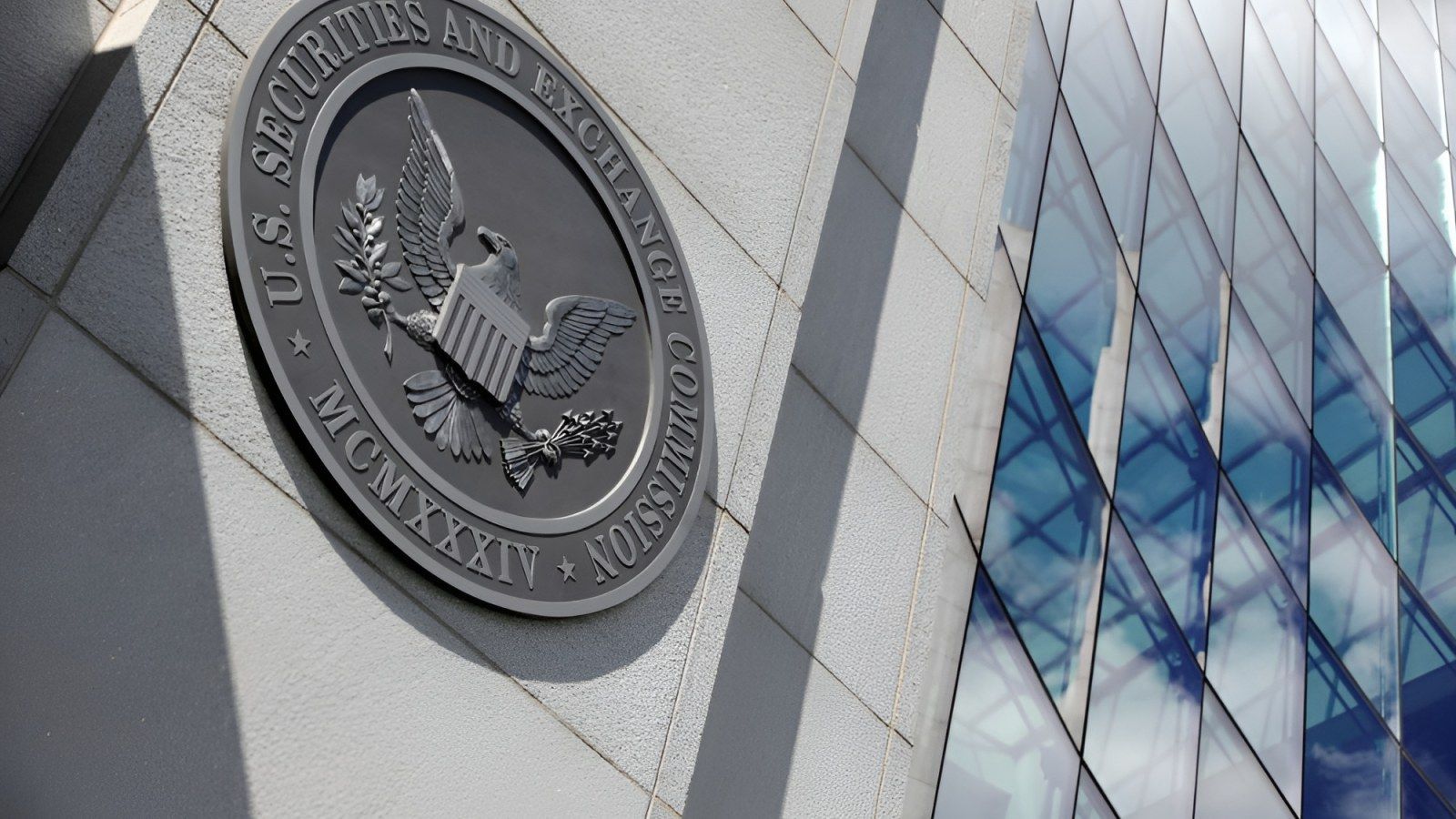Newsroom
Explore our newsroom for our weekly wreck, press releases, and trending topics.
Changing Paradigms
Overview
The world is changing rapidly and the implications are massive. This installment attempts to identify some of these changes and map the relevance to risk managers and institutional investors.

Computing
Nvidia is introducing the H200, a 70-pound chip costing $250K and 18x more performant than its 2021 A100 chip on tasks run using Chat GPT-3. Furthermore, Nvidia expects that over the next five years, it will be able to increase the speed of its chips by 1 million times.¹
Implications: From our perspective, this is a game changer with massive implications. For starters, this development facilitates the spreading of computing-intensive artificial intelligence (AI) to a variety of fields.
AI is likely to massively enhance any area which requires judgement and over time, is likely to remake a variety of industries. On the positive side, the tech firms associated with the area have already benefitted. On the negative side, many of the merchant data centers (i.e., those not tied to large data users such as AWS and Google), might find the need for space to be reduced.
Drones
The Ukraine War has illustrated the potency of drones in alerting and countering enemy attacks. We have seen relatively inexpensive drones destroy massively expensive ships, tanks, and personnel. Furthermore, the cost of such systems is relatively low and appears to be getting cheaper.
Implications: From a military planning perspective, this is a game-changer with most major military assets appearing to be more of a liability than an asset. During World War II, the Tirpitz and Yamamoto were initially viewed as unbeatable. However, as the war progressed, it became evident that both were highly vulnerable to attack by aircraft and essentially spent the balance of the war in hiding. With the advancement of missile technology and drones, perhaps aircraft carriers and other large vessels will face a similar fate.
Due to ubiquitous surveillance drones, any movement can trigger a drone attack, rendering the entire battlefield a type of minefield. The developments continue unabated with hand-held signal blocking equipment and more durable drones. Our suspicion is that space-based weapons are likely to become a focal point.
Self-Driving
It is only a matter of time before self-driving vehicles become the norm. Just as programs have proven to be better Chess and Go players than humans, the same is expected in a variety of areas where humans operate vehicles and machinery: construction, forestry, farm equipment, trucking, personal driving, airplanes, search and rescue, etc. It will take time for adoption, but with the advancements in artificial intelligence, computing power and communications, adoption is likely to be faster and more ubiquitous than many now believe.
Implications: This is a game changer for many. Our view is that the “Conestoga Conundrum” will be in play whereby the prior industry leaders will be left behind in favor of newer firms which are better able to understand and deploy the technology. (Conestoga was the lead manufacturer of wagons in the early 1800s, but never made it to the horseless carriage stage.)
Bots
With advancements in computing, communications, and analytics, a variety of tasks relegated to humans will be done cheaper, better, and faster by “machines”.
Implications:
The implications are probably as great as the industrial revolution which enabled England, which was relatively small geographically, to become a global power. We should probably do an industry-by-industry analysis in a future installment, but it is enough to introduce the topic here.
Foreign Policy
With changing world conditions, foreign policy has also changed. These developments can be independent of administration.
A. Global Waterways - For starters, the U.S. is less active in protecting global waterways as evidenced by events in the Gulf of Aden. In the past, the U.S. would have acted more forcefully with the taking of any vessel, severely punishing any who tried. Perhaps because the U.S. is less dependent on foreign energy or perhaps because it is reverting to a more isolationist approach, it is nonetheless, less active.
B. Territory – Russia is supposedly attacking Ukraine to close two of the several gaps invaders have used to penetrate Russia. Additionally, Putin viewed the collapse of the USSR as one of the fiascos of the past 200 years. In the meantime, China continues to eye Taiwan, which although relatively small, is enormously productive with the global leadership of TMSC and the various supporting industries. However, as we are learning from Ukraine, if China takes Taiwan, much of what makes it appealing might vanish. Many physical assets will be destroyed in an invasion and the dynamic culture which yielded them will not last.
Perhaps over time there will be a shift whereby land is less important than the activity on that land. Singapore might be the model for this line of thinking.
A similar shift has been happening for centuries whereby land in the urban areas is far more valuable than even the most productive farmland. However, land as a proportion of overall wealth is likely to decrease as new asset types increase in value and communication across distances and language barriers becomes easier.
C. Kissinger’s Nightmare – Diplomat Henry Kissinger advised many presidents to keep Russia and China separated as together, they are far more powerful. The conundrum in Ukraine and elsewhere are underscoring this wisdom. Russia, with China’s help, appears to be blunting many of the sanctions and in some cases, more directly aiding Russia.
Sources
[1] https://www.pcgamer.com/nvidia-predicts-ai-models-one-million…
[Photo] https://www.deviantart.com/dudepersonmanstuff/art/Star-Wars-Clone-Trooper-Wallpaper-600017969
This content is produced by individuals who are not part of the credit ratings team and do not have responsibilities for determining credit ratings or developing/approving methodologies, models or procedures that are used to determine credit ratings. The views expressed in this article might not parallel the views of the credit ratings team. The information in this report is based on current publicly available information that Egan-Jones Ratings Company (“Egan-Jones”) considers reliable, but we do not represent it is accurate or complete, and it should not be relied on as such. The information, opinions, estimates and forecasts contained herein areas of the date hereof and are subject to change without prior notification. Any credit ratings issued by Egan-Jones represent Egan-Jones Rating’s current opinion of the credit risk of the instrument or entity rated. Any such credit ratings do not address other factors or risks such as market volatility, market risk or liquidity risk. Prospective clients should refer to Egan-Jones Rating’s published statements as to the meaning of different credit ratings assigned by Egan-Jones. Credit ratings provided by Egan-Jones are solely intended to be used by institutional investors. Egan-Jones does not assess or address the suitability of any investment for any client or any other person or the marketability of any security or instrument. Any credit rating issued by Egan-Jones is not, and should not be construed as, a recommendation to buy, sell or hold any security or instrument or undertake any investment strategy and EJR does not act as a fiduciary for any person. Egan-Jones may raise, lower, suspend, withdraw or otherwise modify a credit rating at any time in its sole discretion. EGAN-JONES IS NOT LICENSED AS A NATIONALLY-RECOGNIZEDSTATISTICAL RATING ORGANIZATION (“NRSRO”) IN RESPECT OF “ASSET-BACKEDSECURITIES”, “GOVERNMENT SECURITIES”, “MUNICIPAL SECURITIES” OR SECURITIESISSED BY A FOREIGN GOVERNMENT (ALL AS DEFINED IN THE FEDERAL SECURITIES LAWSAND, COLLECTIVELY, THE “EXCLUDED SECURITIES CATEGORIES”) AND ANY RATING ISSUEDBY EGAN-JONES IN RESPECT OF ANY SECURITIES FALLING WITHIN AN EXCLUDEDSECURITIES CATEGORY IS NOT ISSUED BY EGAN-JONES IN ITS CAPACITY AS AN NRSRO. Egan-Jones is not responsible for the content or operation of third-party websites accessed through hypertext or other computer links, cannot guarantee the accuracy of any information provided on an external website and shall have no liability to any person or entity for the use of, or the accuracy, legality or content of, such third party websites. The views attributed to any third party, including any article accessed via computer links, do not necessarily reflect those of, and are not an official view or endorsement of, Egan-Jones. This publication may not be reproduced, retransmitted or distributed in any form without the prior written consent of Egan-Jones. © 2024, Egan-Jones Ratings Company. All rights reserved.
Contact Us
sales@ejproxy.com
(646) 883-9898
1120 Avenue of the Americas
4th Floor
New York, NY 10036





